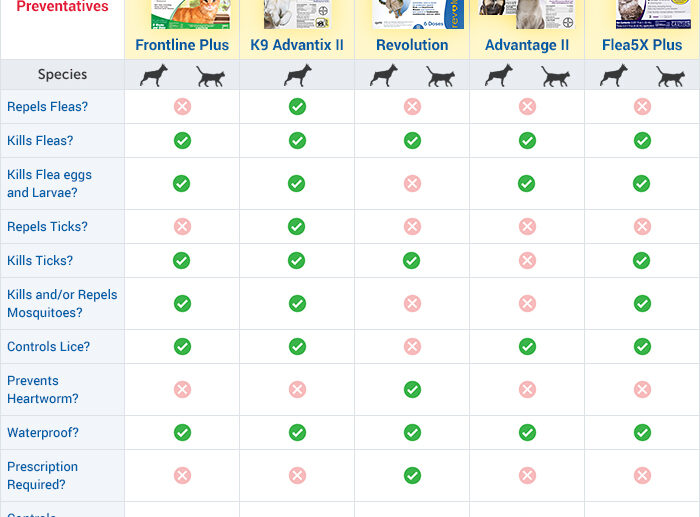How to Choose Healthy Treats for Your Dog

Pet owners love showing affection by giving treats and there are thousands of varieties to choose from. With all of these options, how do you choose a nutritious treat and why is it important? Choosing healthy nutritious treats is an important step to ensure your pet is receiving the best nutrition possible. When choosing treats, avoid those that are filled with sugars (e.g. corn syrup, molasses, fructose, etc.), salt, artificial colorings, flavorings or preservatives. Many commercial treats are designed in color and appearance to appeal to pet owners, but most often these treats are poorly nutritious and do nothing to satisfy hunger.
Some artificial ingredients may contribute to adverse reactions or be potentially harmful. Certain table scraps should also be avoided as pet treats. Don’t give the leftover hunks of fat or sweet morsels you know your pet will love. These scraps are usually high in calories and low in other nutrients. In addition, these rich tidbits may cause digestive problems such as bad breath, gas, loose stools and occasional vomiting. If your pet develops a taste for these scraps, they may become finicky and even stop eating their own food.
What should you look for when choosing a treat for your pet?
- Treats that are meat-based with no artificial ingredients. Some pet treats, like PureBites, use freeze-drying as a natural means of preservation or other natural methods. You can also use human foods as a treat-lean meats and unseasoned vegetables.
- Treats with added health benefits. Some functional treats may help to maintain your pet’s health, such as Greenies dental treats. It is still important to read the product label to avoid unwanted ingredients in these treats.
- Any minimally-processed natural treat that is low in calories, low in fat and high in protein such as Lean Treats.
Are there alternatives to commercial pet treats?
Fruits, vegetables and even ice cubes are great natural alternatives to commercial treats. Pets often love apples, carrots, green beans and other fresh produce. Always ask your veterinarian for advice before giving fresh fruit or vegetables, as some can be toxic to pets (e.g. onions, grapes, raisins, etc).
How often should I give my pet a treat?
In general, pet owners tend to give too many treats. This behavior introduces many extra calories into a pet’s diet which causes treats to be a major culprit in pet obesity. Although many people don’t see overweight or obese pets as a problem, health risks of obesity are real. Pet obesity contributes to a wide range of health problems, from arthritis to diabetes, and it has been well documented that obese pets live shorter lives.
In addition, treats are not complete and balanced like pet food and should not be used as the primary source of calories – in fact, treats should make up no more than 10% of your pet’s daily calories.
Lastly, it is important to give your pet treats at the right time – never for begging or whining, but as a positive reward for training or after exercise.





